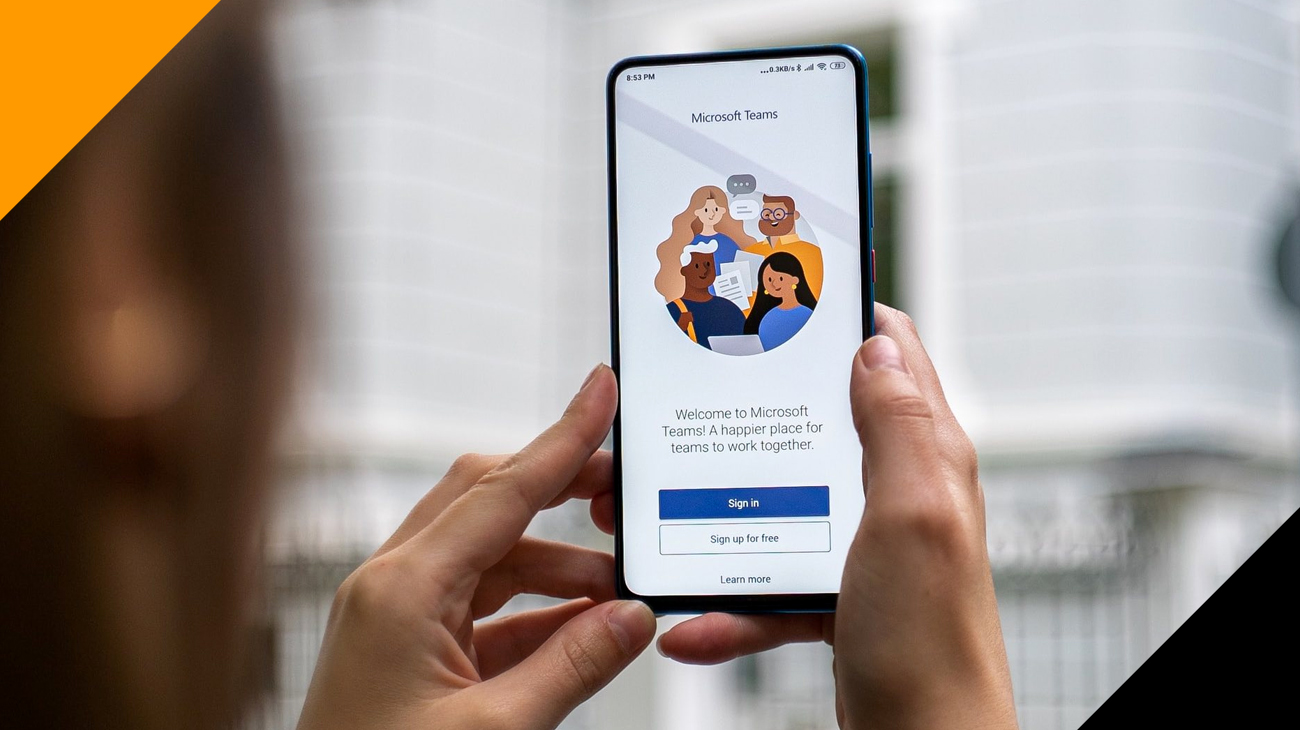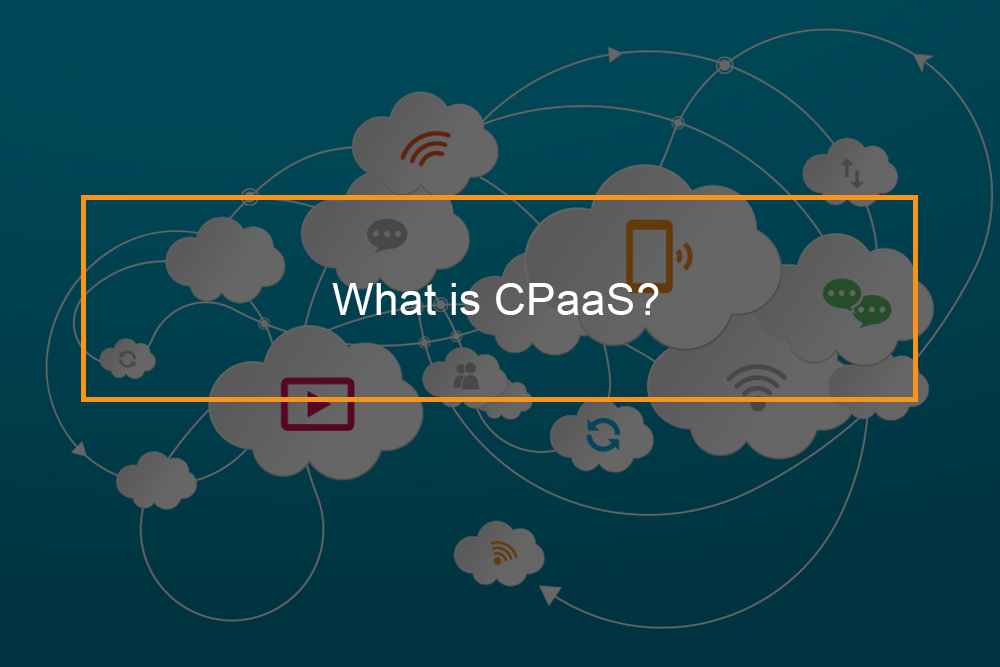Microsoft Teams Phone: Simplified, enterprise-grade calling in Microsoft Teams

Microsoft Teams Phone and why you should use it
Hybrid workforces pose new challenges and open up new opportunities. Remote employees must communicate with their workplaces from anywhere using any device. Companies require flexible phone features and still retain traditional features for calling. A growing pressure for IT funds and staff provides the door to modern-day solutions that are cost effective and simple to manage. The businesses that are successful in the future working will be ones that take advantage of flexibility. Make use of your existing IT tools to face the challenges: How does Microsoft Teams work for phone calls? Let’s find out more all we can about Microsoft Teams Phone.
Table of Contents
How does Microsoft Teams work for phone calls?
How does Microsoft Teams work for phone calls? If your calling plan is activated and you are able to call anyone in Teams. It is also possible to type in the name of a person or a group and dial them through on the dial pad.
What is Microsoft Teams Phone?
Microsoft Teams Phone is an cloud-based communication solution designed for enterprise and to meet the needs of all different ways that you operate. It will provide an efficient, secure employee experience through chat, calls meetings, as well as Microsoft 365 apps united in an easy-to-use, user-friendly tool. Whatever location they’re operating from, workers are able to quickly initiate a conversation using chat or contact card Outlook or the app for calls. Teams working on projects can work together in Microsoft 365 apps directly from meetings and calls, which are visible to everyone who is in the conversation. Improve the user experience of your customers by using features such as recording music and live captions, auto attendants built-in and queues for calls. Enhance collaboration between employees by implementing groups that can pick up calls and the ability to delegate, voicemail transcription and a shared call queue logs and voicemail to track team or customer the history of calls.
How does Microsoft Teams Phone work?
It is a Teams Phone system utilizing user-based licensing to offer calling capabilities that include call merging, transfer of calls as well as voicemail and more. Because it’s integrated into the Teams ecosystem, users also have access to additional options like transfer of calls between mobiles as well as call transcribing and integrations with entertainment systems in cars.
Microsoft Teams Phone Key Features
- Call from Teams, Outlook, or a mobile device
- Make and receive PSTN (Public Switched Telephone Network) phone calls
- Auto Attendant
- Contact center integration
- Call queues
- Direct routing
- Cloud voicemail
Can Teams Phone replace my traditional phone system?
Since Teams Phone is a 100 cloud-based, business PBX phone system capable of serving small teams up into thousands of customers, a lot of companies have replaced their old PBX and VoIP phone systems.
Teams Phone supports all common PBX functions, such as:
- IVR (Auto attendants)
- Voicemail
- Call forwarding
- Call transfer
- Conference calls
- Call queues
- Music on hold
What Phones Are Supported By Teams Phone?
There are a variety of devices available on the market which can be used to support team phones. Desk phones as well as conference phones as well as meeting rooms are some of the phones which are compatible with team phones at the moment of writing. It is also possible to transfer your existing phone numbers from the provider you’re currently using when you’ve made the switch to Microsoft Teams Phone. The Microsoft 365 license allows you to use it on a variety of devices. This means that the phone allows you to make calls from phones at work, smartphone, tablet or PC which means you’ll be connected quickly and easily no matter where you are.
The Benefits of Microsoft Teams Phone |
|
|
Microsoft Teams has introduced powerful collaboration tools, such as instant messaging and easy file sharing, to many organizations. TeamS Phone builds on this by allowing users to make and receive phone calls within the same app – further enhancing productivity. |
|
Teams Phone works on a variety of different devices, including desktops and laptops running Windows or Mac OS, desk phones, and in-car entertainment systems. All while offering a seamless and reliable experience. |
|
By adopting Teams Phone, organizations can avoid expensive maintenance contracts for aging on-premises PBX systems. You might already be eligible for the service as part of your current Microsoft agreement! |
|
Thanks to Azure and the Microsoft global network, performance and reliability are at the forefront of Teams Phone. This solution is replacing on-premises enterprise phone systems, so Microsoft is working hard to match if not beat previous levels of uptime while also providing HD audio and video. |
|
Team Phone integrates seamlessly with the Microsoft stack, third-party apps, and large-scale communication operations like contact centers. Microsoft offers a rigorous certification program for contact center solutions to ensure standards are adhered to. |
|
The solution is a fully-fledged business IVR (Interactive Voice Response) system that allows users to incorporate voice inputs, nested menus, directory search, and timed actions – such as company-wide office hours and holidays. |
Why use Microsoft Teams Phone?
- Microsoft Teams Phone makes it easy to convert Microsoft Teams into a powerful and flexible phone system. Since Teams Phone is part of the Microsoft Phone System is a part of Teams that can transform any computer, Mac, or mobile device into a telephone.
- Microsoft Teams Phone delivers on the promise of dependable PSTN service by providing proactive monitoring of the network and automated system optimization and redundancy that is fault-tolerant, backed with Microsoft infrastructure. The components play a crucial part and show Microsoft’s commitment to the continuous operation in business processes.
What’s new to Microsoft Teams Phone?
- Custom call park – You’ll now be able to make several larger park calls, and be able to extend the duration that someone can be on hold prior to calling back in the event that a park call isn’t answered or a timeout value.
- New calling experiences – Simplify the experience of calling with simplified views that show the number of contacts, voicemails, and the history of calls and makes it easy to start or end calls with just a single click.
- Custom music on hold – administrators can set the audio that is played to PSTN callers once they are put on hold. This enables departments or groups of users to modify announcements heard to PSTN callers who are on hold.
- Spam call notifications – The system automatically evaluates incoming calls and flags callers as “spam likely” in the call toast.
- Route calls to unassigned numbers – It is now possible to make sure that any incoming PSTN calls to numbers that aren’t allocated to a particular user or resource account are redirected to a different user, such as a call waiting queue, an auto attendant or even an announcement.
- Voice-enabled channels – Enabled channels can be enabled to join call queues in one specific channel, allowing collaboration and information sharing prior to, during, as well after a call. The call queue log shared with other teams and voicemail logs allow managers and agents to review the history of each call.
- Transfer calls between desktop and mobile – Make any call and effortlessly transfer it from your computer to your mobile. Switch between your personal devices taking calls. Add another device quickly for an ongoing call. It is used to share and view content on the second device, as well as audio on the primary device.
Microsoft Teams Phone Plans and pricing
There are two choices for pricing plans with Microsoft Teams Phone. The less expensive alternative, Microsoft 365 Business Voice, costs $15 per month for each user (although there’s the option of a trial period for a month). Users who subscribe to this plan have an online voice system with advanced features, such as the ability to transfer calls, multilevel automatic attendants along with call queues.
You can also avail an international calling plan that includes 3000 minutes per user per month, for businesses based on Canada and the US or Canada. You can dial-in an audio conference that can accommodate up to 250 participants in a meeting, and the option to call from any device, using Microsoft Teams. Microsoft Teams app on desktop mobile, web or desk phones. Companies that have had difficulties with upgrading their telephone systems can be assured of the fact that Microsoft 365 Business Voice comes with 24 hour assistance. Of course, Business Voice does also require users to have an existing Microsoft 365 subscription, so the cost for the service may not be as inexpensive as it appears.
The other plan price, Microsoft 365 E5, is more suitable for enterprises and starts at a significantly higher cost of $57.00 per month per user. For this price, Microsoft 365 E5 users get PBX capabilities, including control of calls in the cloud through Microsoft Teams. Audio conferencing that can accommodate up to 300 people is a further benefit and access to a variety of applications, such as Windows 11 Enterprise, Microsoft 365 Apps for Enterprise, Office mobile apps as well as Office on the Web, Outlook, and Exchange. Pricing is not as straightforward. Microsoft 365 E5 is not as straightforward as it appears. Enterprises who are paying to purchase Microsoft 365 E1 or E3 might be able to upgrade to E5 for a lower cost. They should speak to their Microsoft sales representative to receive specific information on how much they can save.
E5 might not be appropriate for every business. It’s likely to be beneficial for large companies. If you’re in the same category, then you’ll definitely get some impressive communication capabilities for your price. Alongside the capabilities for voice additionally, they have the access Power BI functionality that helps companies access the top analytics tools that will provide substantial business value.
Frequently Asked Questions
Can Microsoft Teams be used as a phone system?
Yes, with Microsoft Teams Phone System, users can utilize Teams to place and take phone calls, to transfer calls and also mute or unmute calls. Phone System users can click the name of their address book and make Teams calls to the person.
What is Microsoft 365 Teams Phone System?
“Phone System” by Microsoft is a technology that allows organizations to provide calling control as well as the PBX (Private Branch Exchange) capabilities within Microsoft 365. Microsoft 365 cloud. The system is compatible with Teams clients as well as certified devices to integrate the telephony feature to Microsoft Teams.









